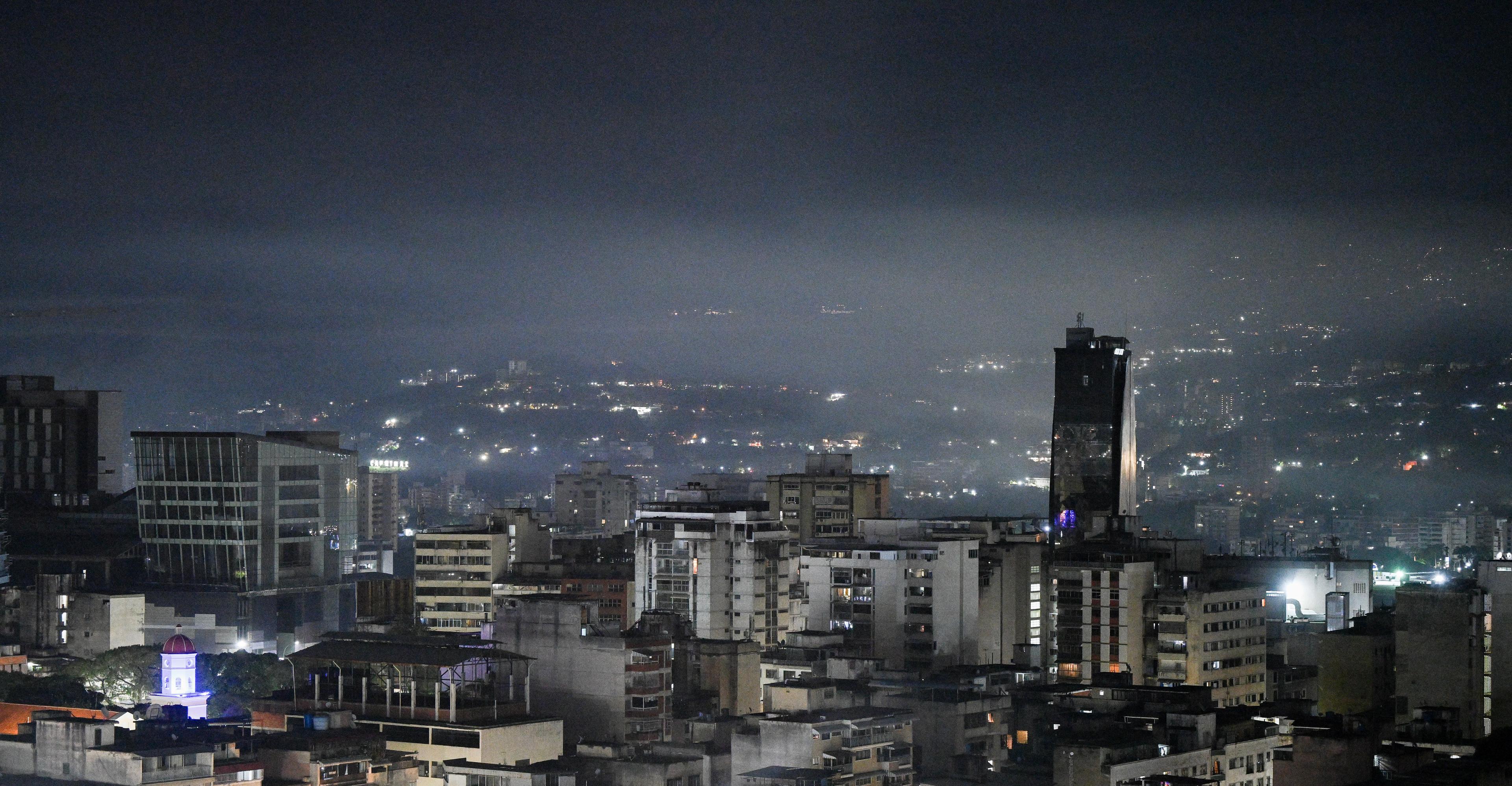There’s an elegiac sense of magic to Studio Ghibli’s latest film.


The Boy and the Heron, the latest film from Studio Ghibli and its masterful director Hayao Miyazaki, was originally hailed as the 82-year-old artist’s final act of filmmaking. Given that a similar proclamation was made about 2013’s The Wind Rises, it doesn’t come as much of a shock to learn that reportedly, Miyazaki is already back at work on a new project. The Boy and the Heron is now in wide release in the US after a strong opening in Japan over the summer.
Titled How Do You Live? in Japan, borrowed from the 1937 Genzaburo Yoshino novel of the same name, the film’s opening scene takes place in 1943, the night 12-year-old Mahito’s mother Hisako dies in a hospital fire. It’s wartime, and the air-raid sirens and orange glow of the flames compound the feeling of helpless chaos as the boy sprints through the streets to try and reach her. One year later, he moves to the countryside to live with his father’s new wife — his mother’s younger sister, Natsuko, who is pregnant — and an assortment of elderly maids, a few of whom share facial characteristics with prior Ghibli characters that make them feel like old friends (or maybe enemies, in the case of one who bears a striking resemblance to Spirited Away’s Yubaba, a trope in Miyazaki’s work).
Mahito isn’t happy. He’s in mourning for his mother and navigating a new relationship with his aunt-slash-stepmother in an unfamiliar place; he’s variously set upon by his classmates and by an irritating yet compelling heron who keeps showing up nearby. The heron, who turns out to be a small and somewhat unpleasant man in a heron suit (go with it), convinces Mahito to search for his mother, whom the heron claims is alive, and the suddenly-missing Natsuko in a locked tower on the family’s property built by a formidable grand-uncle.
What happens next is in some ways classic Miyazaki and in some entirely refigured: the tower, of course, is filled with spirits and arcane magic, and Mahito must figure out how to make his way through and locate the people he loves. His enemies include an army of gigantic parakeets who by their very presence make the heron seem a whole lot more appealing. As for pals, Spirited Away’s soot sprites have some stiff competition in the “tons of adorable little guys” department, in the form of the warawara, or bubble spirits. Mahito ultimately must decide whether he wants to remain in this alternate world or return to his own, with all its attendant flaws and disappointments; no real spoilers, but I have to imagine you can guess which path he chooses.
:no_upscale()/cdn.vox-cdn.com/uploads/chorus_asset/file/25138677/HERON_img_4.jpeg)
Nearly all of Miyazaki’s films confront mortality in some form or another. Even My Neighbor Totoro, which you’d be forgiven for remembering as if it were a mostly pleasant dream, centers around the hospitalization of the two main characters’ mother, and the family’s uncertainty over her fate colors their every interaction. This existential ballast is a Studio Ghibli hallmark as surely as the sprawling fantasy worlds and brightly animated characters. The Boy and the Heron, in turn, asks what happens in the aftermath of great loss: how to make sense of the world’s cold logic and baffling illogic, and how to find joy and personal achievement even while bearing the weight of it all.
It’s a bit glib to say that you could make a case for “How Do You Live?” as a viable title for virtually all of Miyazaki’s films; it might be more accurate to say that asking that question with such subtle persistence helps make him such a brilliant filmmaker in the first place. He has clear reverence for smallness, and is keenly interested in the tiny kindnesses and cruelties we extend to one another. The sumptuous depictions of food, the exuberant gestures of characters like the maids and the heron himself; these aren’t just aesthetic flourishes for their own sake, they’re an argument for the vital importance of the everyday. Here, now, Miyazaki seems to say, is your life.
So: how do you live? To the degree that The Boy and the Heron provides an answer, it’s through a constant series of choices adding up to something meaningful. You don’t always have to understand what’s happening, or why, but you stumble forward just the same, trying to be good and righteous and sure that there will be a tomorrow even when things feel hopeless. You try to see beyond yourself, and in doing so, figure out who you want to be. If you don’t personally happen to be a Ghibli protagonist, chances are that your own journey of self-discovery will involve fewer talking birds, but the lessons, hard-won and even unsatisfying as they may be, bear repeating just the same. Whether this is Hayao Miyazaki’s final film or not (my money’s on two more, which might be wishful thinking), The Boy and the Heron is a powerful, worthy, and perfectly scaled entry from one of the greatest to ever do it.

Gold prices plummet in Pakistan, global markets
- 6 گھنٹے قبل
Spotify makes it easier for video creators to earn, announces new LA studio
- 2 گھنٹے قبل
Green Shirts beat Sri Lanka by six wickets in first T20I
- 2 گھنٹے قبل
Trump's oil push widens with seizure of Russian-flagged tanker linked to Venezuela
- 2 گھنٹے قبل

Emerson’s SmartVoice devices follow verbal instructions without Wi-Fi or a hub
- 10 گھنٹے قبل
PM directs easing credit for SMEs, small farmers to boost economic inclusion
- 3 گھنٹے قبل

HP’s latest OmniBooks are getting chip bumps and OLED screens
- 10 گھنٹے قبل

Bosch’s fancy coffee machine is getting Alexa Plus
- 10 گھنٹے قبل
Iran army chief threatens response to Trump and Netanyahu’s ‘threats’
- 6 گھنٹے قبل

What do Venezuelans want for their country?
- 17 گھنٹے قبل
Bangladesh in talks with ICC over fate of cricket World Cup games
- 6 گھنٹے قبل
Browns GM: New coach to have say in '26 QB call
- 7 گھنٹے قبل









